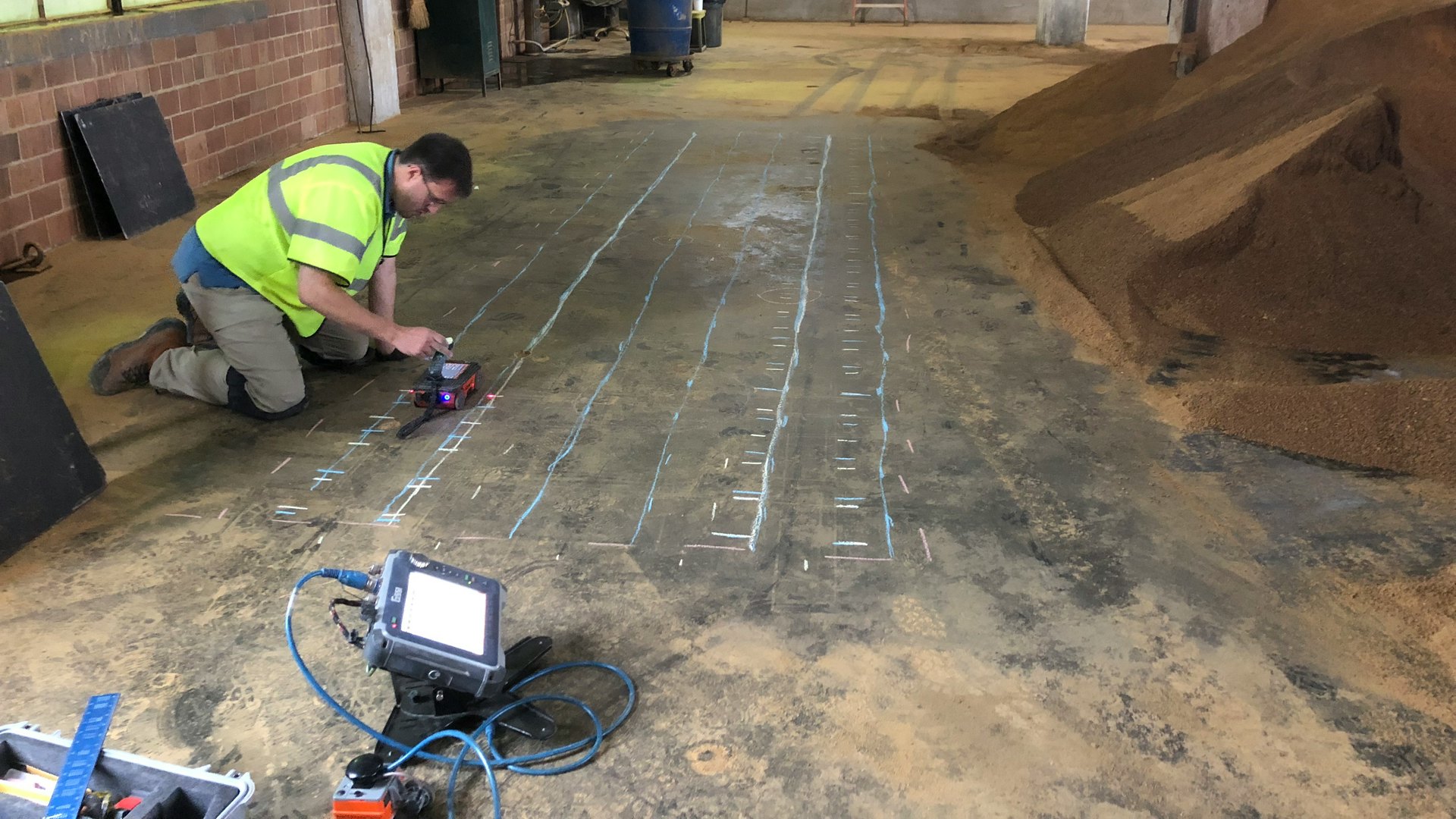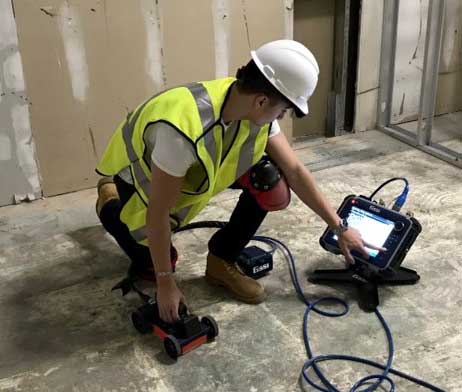RainierGPR Service Areas: Professional Concrete Scanning in Your Region
Enhancing Job Planning and Execution Through Advanced Concrete Scanning Techniques
In the world of task preparation and implementation, foresight and accuracy are vital components that can make the difference in between success and obstacles. Advanced concrete scanning techniques have actually emerged as an advanced tool established to raise the criteria of job monitoring within the building and construction industry.
Benefits of Advanced Concrete Scanning Methods

Improved Accuracy in Job Evaluations
Enhancing job evaluations with innovative concrete scanning strategies considerably increases the precision and reliability of building examinations. By using innovative scanning modern technologies such as ground-penetrating radar (GPR) and 3D imaging, job groups can now obtain detailed insights right into the condition of concrete structures, identifying prospective problems or weaknesses that may not show up to the nude eye. This improved level of precision in task analyses allows building professionals to make more enlightened choices pertaining to repair and maintenance strategies, leading to boosted general project results.
In addition, the boosted accuracy in task evaluations achieved via innovative concrete scanning strategies assists in reducing the threat of unanticipated issues throughout the building phase. By proactively finding concealed anomalies within concrete frameworks, such as rebar rust or gaps, job teams can address these problems at an early stage, avoiding expensive hold-ups and remodel later in the task lifecycle. Eventually, the boosted accuracy in task assessments assisted in by advanced concrete scanning techniques adds to greater performance, cost-effectiveness, and quality in building tasks.
Early Recognition of Structural Obstacles
Early detection of architectural challenges plays a vital role in making sure the integrity and security of concrete frameworks throughout the construction process. Determining potential concerns at an onset allows for timely treatment, protecting against costly rework, routine hold-ups, and safety dangers. Advanced concrete scanning strategies, such as ground-penetrating radar (GPR) and 3D imaging, enable project teams to discover hidden flaws, gaps, support format discrepancies, and other anomalies that could endanger the framework's security.
By implementing these techniques during the planning and execution phases, building professionals can proactively resolve structural challenges prior to they intensify into major problems. As an example, identifying poor concrete cover over support bars beforehand can prevent corrosion and structural weakening over time - RainierGPR Service Areas. Moreover, identifying variants in concrete thickness or density can help maximize product use and make sure consistent stamina properties across the structure

Eventually, early identification of architectural obstacles via innovative concrete scanning not just improves the overall quality and durability of the building and construction yet likewise adds to a much safer built environment for owners and individuals.
Boosted Precaution in Construction
The implementation of durable safety methods is imperative in the construction market to mitigate threats and protect the health of stakeholders and workers. Building and construction sites are naturally dangerous settings, with prospective threats ranging from drops and devices breakdowns to structural failings. To enhance safety and security steps, building and construction companies are progressively taking on technical innovations such as wearable devices that keep track of workers' essential indications and detect prospective wellness issues in real-time. Moreover, using drones for site security permits normal safety evaluations without official statement placing employees in harm's way. Safety and security training programs have likewise advanced to consist of virtual reality simulations that supply hands-on experience in managing emergency circumstances. In addition, the assimilation of synthetic intelligence in security monitoring systems enables positive recognition of possible threats, permitting prompt interventions. By prioritizing security with the unification of innovative modern technologies and comprehensive training programs, construction projects can substantially reduce accidents and create a protected working environment for all involved - RainierGPR Service Areas.
Streamlining Job Management Processes
To maximize operational efficiency and make sure job success in the construction sector, a focus on simplifying job monitoring processes is essential. By applying effective project administration procedures, building tasks can reduce hold-ups, minimize costs, and enhance total productivity. One crucial aspect of enhancing job administration is making use of advanced innovations such as Structure Information Modeling (BIM) software application, which makes it possible for real-time cooperation, clash detection, and precise task scheduling. Furthermore, the fostering of cloud-based task management systems permits seamless interaction amongst team members, immediate accessibility to job data, and the capacity to track progress in real-time.

Verdict
In verdict, the utilization of advanced concrete scanning techniques provides various benefits for job preparation and execution. These techniques provide improved accuracy in project assessments, early recognition of structural difficulties, improved security procedures in building, and streamlined project management processes. Integrating these approaches right into job process can ultimately lead to more successful and efficient outcomes in building and construction tasks.
Inevitably, the enhanced accuracy in task analyses facilitated by advanced concrete scanning strategies adds to higher efficiency, cost-effectiveness, and quality in building and construction jobs. RainierGPR Service Areas.
To optimize functional efficiency and guarantee project success in the building and construction market, a focus on simplifying job management procedures is essential. By implementing reliable job management procedures, construction tasks can reduce hold-ups, reduce prices, and enhance total efficiency. By streamlining job management procedures through technology integration, clear communication, and data-driven check my reference approaches, building tasks can achieve higher efficiency, cost-effectiveness, and successful results.
These techniques offer better accuracy in job analyses, early recognition of their explanation structural obstacles, improved safety and security measures in building, and structured project administration procedures.